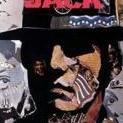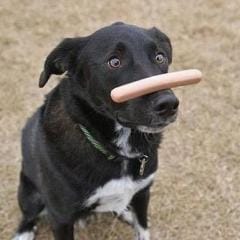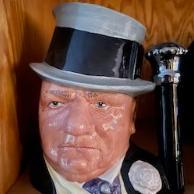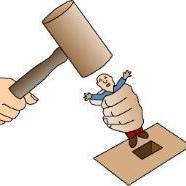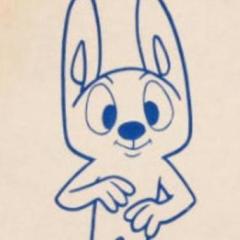General Woodworking Talk
9,298 topics in this forum
-
- 1.6k replies
- 515.6k views
-
- 2 replies
- 1.9k views
-
- 12 replies
- 705 views
-
- 13 replies
- 499 views
-
- 7 replies
- 199 views
-
- 5 replies
- 205 views
-
- 90 replies
- 17.1k views
-
- 6 replies
- 210 views
-
- 3 replies
- 281 views
-
- 2 replies
- 215 views
-
- 5 replies
- 210 views
-
- 6 replies
- 216 views
-
- 11 replies
- 476 views
-
- 7 replies
- 482 views
-
- 4 replies
- 253 views
-
- 7 replies
- 260 views
-
- 2 replies
- 256 views
-
- 1 reply
- 295 views
-
- 6 replies
- 374 views
-
- 4 replies
- 399 views
-
- 6 replies
- 396 views
-
- 0 replies
- 131 views
-
- 3 replies
- 342 views
-
- 0 replies
- 224 views
-
- 4 replies
- 332 views
-
Who's Online 1 Member, 0 Anonymous, 79 Guests (See full list)
-
Forum Statistics
31.2k
Total Topics422.3k
Total Posts -
Member Statistics

